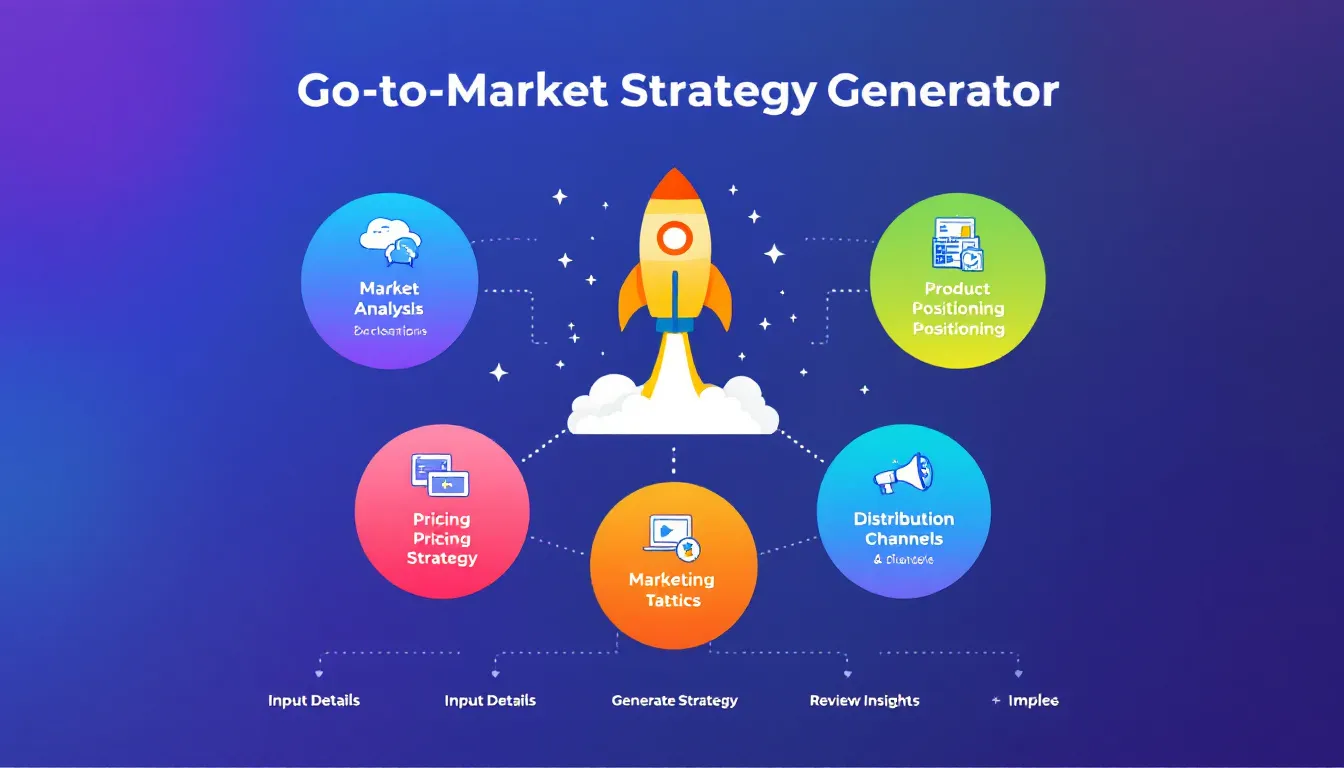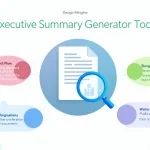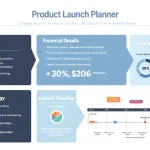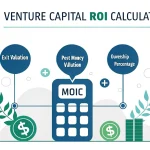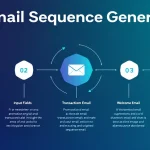Is this tool helpful?
How to Use the Go-to-Market Strategy Generator Effectively
Follow these steps to get the most accurate and useful go-to-market strategy tailored to your business needs:
- Product or Service: Enter a clear and concise description of your offering. For example, “Customizable online learning platform” or “Organic meal kit delivery service”.
- Budget: Input the budget you have set for your marketing and launch efforts in USD. Examples: “100000” for $100,000 or “150000” for $150,000.
- Target Audience: Describe your core customer group. For instance, “Freelancers aged 22-35 in North America” or “Parents with young children interested in educational toys”.
- Industry Type (Optional): Specify the sector your business operates within, like “EdTech” or “Healthy Food Delivery”.
- Competitive Landscape (Optional): Provide a brief overview of competitors and market conditions. Examples include “Several established players with high brand loyalty, emerging niche startups” or “Fragmented market with many local providers and few national brands”.
After filling out the fields, click the “Generate Go-to-Market Strategy” button. The tool will process your input to produce a detailed, customized plan designed to guide your product or service launch.
What Is the Go-to-Market Strategy Generator? Purpose and Benefits
The Go-to-Market Strategy Generator helps entrepreneurs and business leaders quickly develop effective plans for launching new products or services. By using data-driven insights and AI analysis, it delivers tailored strategies that align with your unique product, budget, and audience.
Purpose of the Tool
- Create personalized go-to-market strategies fast
- Save time and reduce resource usage in strategy development
- Offer actionable insights grounded in market trends and data
- Provide budget-focused recommendations to maximize return
- Highlight risk factors and suggest mitigations
Key Benefits
- Custom strategies specific to your product and audience
- Complete coverage of essential strategy components like pricing, positioning, distribution, and marketing tactics
- Budget optimization enables efficient use of limited funds
- Insights that help overcome common market entry challenges
- Reduces the time taken to develop a plan from weeks to minutes
Practical Applications of the Tool
Launching a B2C Fitness Mobile App
Suppose you have a budget of $120,000 and want to reach fitness enthusiasts aged 18-35 in metropolitan areas. The generator might suggest:
- Influencer collaborations on Instagram and TikTok to build awareness
- Targeted ads focusing on app features like personalized workout plans
- Referral program incentives to increase user adoption
- Content marketing emphasizing user success stories
- Strategic partnerships with gyms and fitness equipment brands
Expanding a Boutique Coffee Brand into New Markets
With a $300,000 budget and targeting specialty coffee lovers in European urban centers, the tool might recommend:
- Pop-up cafes in key cities to provide direct customer experiences
- Collaborations with local art events and festivals to boost brand visibility
- Digital campaigns highlighting unique bean sourcing and roasting methods
- Distribution partnerships with premium retailers and online platforms
- Engaging social media storytelling focusing on sustainability practices
Launching a Niche Consulting Service
If you are starting a consulting firm specializing in remote work integration, with a $75,000 budget and targeting mid-sized companies, the tool may advise:
- Hosting webinars and workshops to showcase expertise
- Targeted LinkedIn ads to reach HR departments and leadership
- Publishing white papers and case studies to build credibility
- Offering free initial assessments to attract early clients
- Collaborating with remote work software providers for referrals
Why Use This Go-to-Market Strategy Generator?
1. Save Time and Resources
You can create a strong, data-based go-to-market strategy in minutes instead of weeks, freeing up time to focus on implementing your launch plan.
2. Access Data-Backed Insights
The tool analyzes industry trends, market conditions, and competitor landscapes to provide actionable recommendations you may miss with manual research.
3. Get Tailored Recommendations
Since strategies are customized to your specific product, audience, and budget, you receive relevant guidance instead of generic advice.
4. Cover All Essential Strategy Elements
From market analysis through positioning, pricing, distribution, and marketing tactics to timeline planning, the generator ensures your strategy is comprehensive.
5. Optimize Your Budget
It prioritizes cost-effective approaches to maximize your return on investment, helping especially startups and small businesses make the most of limited funds.
Important Disclaimer
The calculations, results, and content provided by our tools are not guaranteed to be accurate, complete, or reliable. Users are responsible for verifying and interpreting the results. Our content and tools may contain errors, biases, or inconsistencies. Do not enter personal data, sensitive information, or personally identifiable information in our web forms or tools. Such data entry violates our terms of service and may result in unauthorized disclosure to third parties. We reserve the right to save inputs and outputs from our tools for the purposes of error debugging, bias identification, and performance improvement. External companies providing AI models used in our tools may also save and process data in accordance with their own policies. By using our tools, you consent to this data collection and processing. We reserve the right to limit the usage of our tools based on current usability factors.
